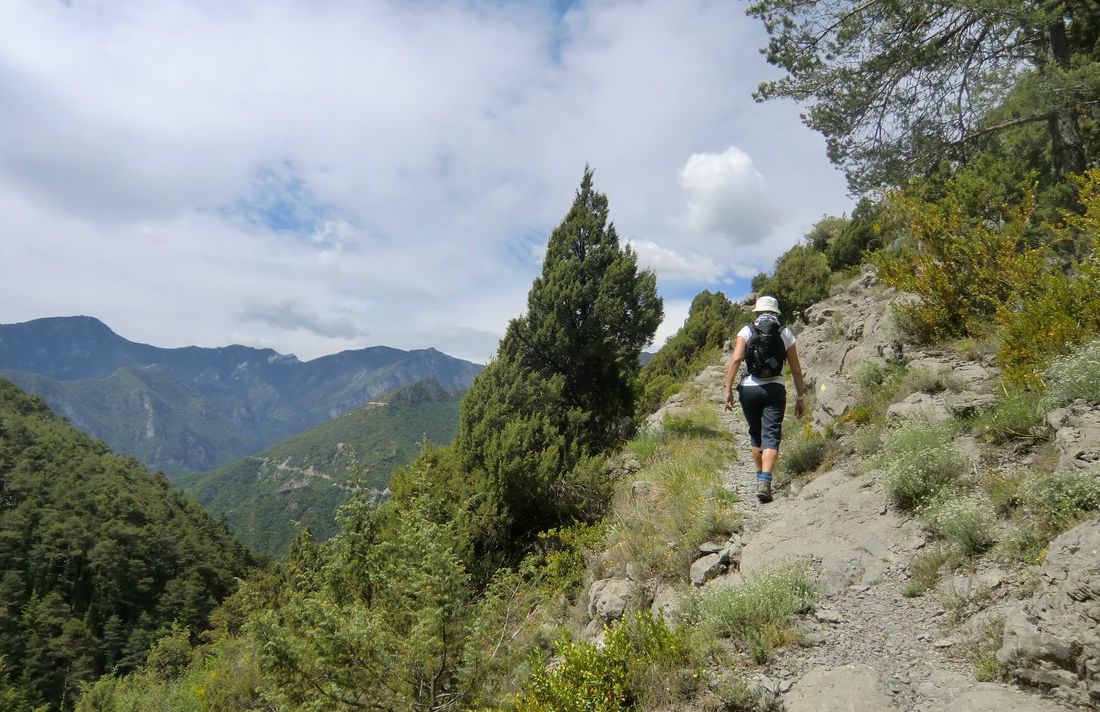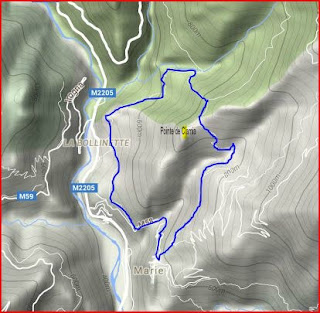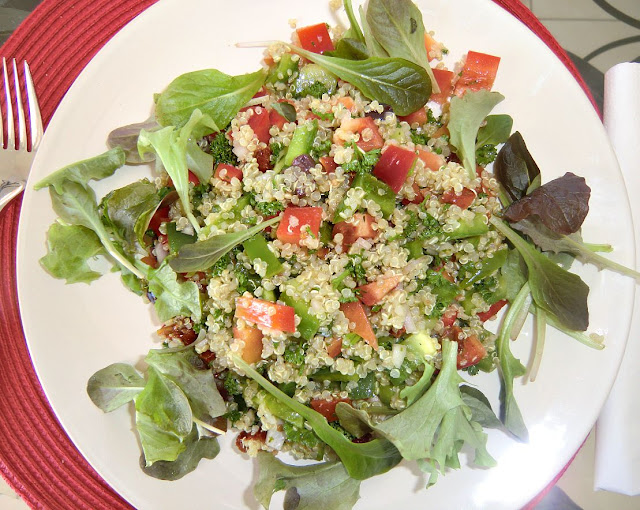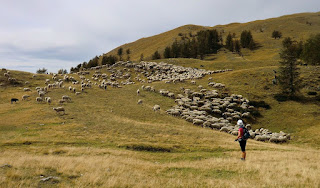Our French Nordic Christmas menu

Over the years our Christmas menu has evolved to include the best of French and Nordic flavours. Christmas Eve´s menu is French with a South of France twist. The French have their Réveillon, the traditional dinner after the Midnight Mass, but we have our dinner at the usual time.
The dinner starts with oysters. Our French daughter-in-law taught us to open oysters, and they have since been our first course at Christmas Eve.
The main course is Le foie gras poelée, sauce safranée et à l’orange, pain de campagne et de la salade verte. This is not as complicated as it sounds. It is simply slices of raw foie gras which are quickly fried in a hot dry pan and served over country bread slices with two different sauces and a green side salad. Champagne or crèmant sparkling goes beautifully with both dishes.
Treize desserts, thirteen desserts, is a very old ritual in the South of France. The thirteen desserts represent Christ and the twelve apostles. These desserts used to be very simple and modest; in the Provencal countryside they could be just thirteen different dried fruits and nuts. In Nice, fresh seasonal mandarins were served as well as candied fruits. Dark and white nougat and calissons d’Aix were also usually served.
Christmas Day’s menu starts with smoked salmon and dark green baby salad leaves with olive oil and vinegar dressing. A glass of champagne or crèmant is enjoyed with the first course.
This is followed by oven-cooked pork tenderloin with mustard, potato-carrot gratin and Brussels sprouts. The huge Nordic Christmas ham steak is too much for a small party, and is replaced by pork tenderloin. Red wine from Luberon is our preferred choice with the main course.
For dessert we have pears poached in red wine and decorated with pistachios and dark chocolate shavings.
The leftovers of the potato-carrot gratin go very well with duck breast on Boxing Day. This is a simple and quick to cook dinner after a winter hike.


































































